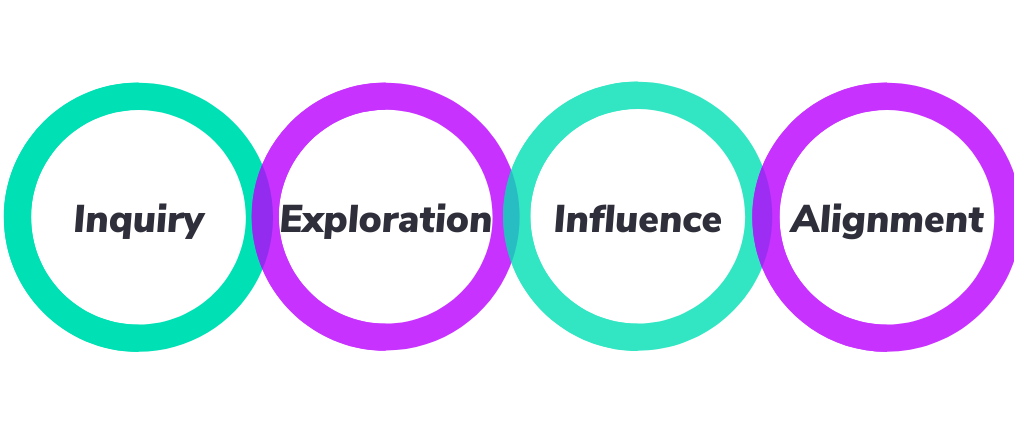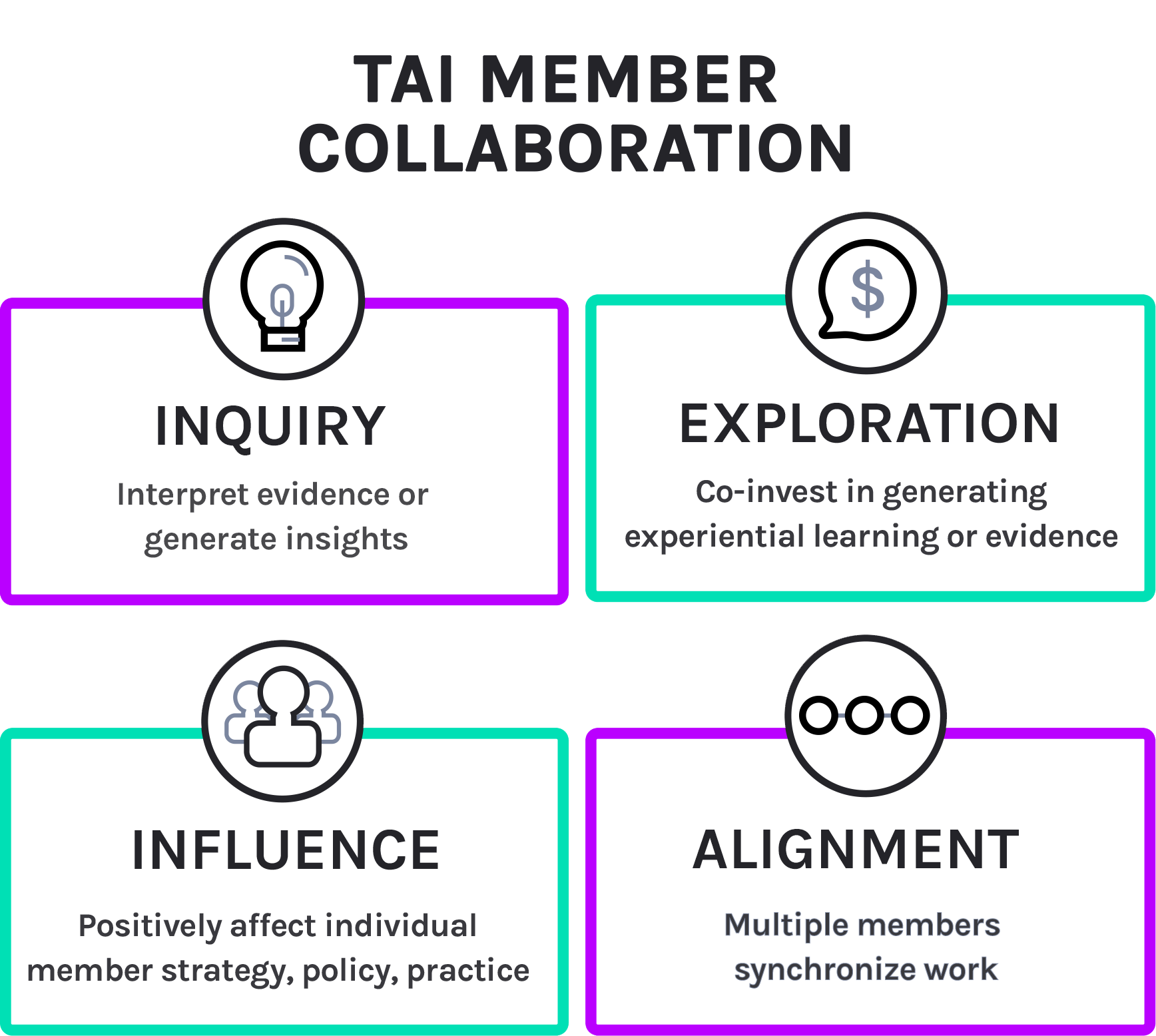New insights on the realities of donor collaboration from TAI’s engagements.

Photo via: Dallas Innovatives
The Transparency and Accountability Initiative (TAI) is a donor collaborative, but what does that really mean?
The Merriam-Webster dictionary defines collaboration as: “to work jointly with others or together especially in an intellectual endeavour.” And that is exactly what our members, supported by the Secretariat, attempt to do. As a collaborative, we find it helpful to try and put flesh on the bones of this concept and document our experience with collaboration in practice.
In part, we take this step as we know that working together is not always easy. Not in our personal lives, not within a single organization, let alone across multiple organizations, as is the case with TAI.
There is a transaction cost to collaborating. If we are to do it, it must have a pay-off — in our case translating into more impactful funding for transparency, participation, and accountability programming.
Accordingly, we see a responsibility to track what is effective while reflecting and refining our approaches based on what we learn. We do that through periodic evaluations, such as the one we recently conducted with Arabella Advisors that informed our new strategy. However, we also do it through ongoing documenting and reflections.

TAI tracks different types of funder collaboration
With that in mind, we are excited to release the latest set of our Collaboration Case Notes. These brief case studies document and assess the utility of collaborative initiatives between two or more TAI members, and possibly other stakeholders, around a shared strategic priority. We are publishing six new cases over the course of this month featuring collaborative efforts that range from a joint donor-grantee state of field analysis and convening to mobilizing funder discussion on whether and how to support civil society engagement on revenue mobilization, to mapping and testing use of extractive industries royalty payment data in Colombia. (You can find more cases from past engagements here.)
The initial motivation for crafting the notes is to more systematically understand how to get to more impactful collaboration. They are a basis for discussion among our member donors and the Secretariat team. The point is to learn and adapt for future engagements. With that in mind, we work with an independent consultant to lead data gathering and write the cases. Case selection is with an eye to tracking different forms of collaboration, including those of different levels of intensity. Not all worked well as will be obvious when you read. These are warts-and-all snapshots.
Our hope is that the resulting insights are useful for funder groups and other networks premised around fostering collaboration. You do not need to know about transparency and accountability to read and learn from these initiatives.
So, what form do these case notes take? They have a consistent structure built around these questions:
- What problem were we addressing?
- Who collaborated and how?
- What form did collaboration take?
- What were the barriers and enablers to collaboration?
- Was the collaboration useful? Did it help solve the problem?
We use a starting framework of four types of collaboration – collective inquiry and sensemaking, exploration, influence, and alignment. Cases often involve more than one of these types.

If you look at more than one note, you may start to see patterns. Certain elements emerge as conducive to more impactful collaboration, including the importance of clear expectation setting, existing trust among individuals involved, having all institutions commit some sweat equity – $ and time, and retaining the visibility of new and in-progress work. And what factors work the other way? Navigating shifting institutional priorities and bandwidths can be a significant challenge affecting members’ levels of engagement. If participant profiles from different institutions are at varying levels of decision-making power and types or levels of expertise, that can lead to lack of alignment among participants. The fast pace of work can make it hard to elevate reactive thinking to strategic learning and action.
Here are the latest set of our Collaboration Case Notes which documents our collaborations and learnings:
*Collaboration Case Note: OGP Evaluation
*Collaboration Case Note: Data Use for Accountability in Colombia
*Collaboration Case Note: Learning for Organizational Effectiveness Working Group
*Collaboration Case Note: Natural Resources Governance Field Day
*Collaboration Case Note: Tax Reform and Civil Society
*Collaboration Case Note: External Evaluation of the Transparency and Accountability Initiative (TAI) as a Collaborative
Do these resonate with your own experiences of collaboration? We would welcome the chance to compare notes. Reach out on social media or directly.
